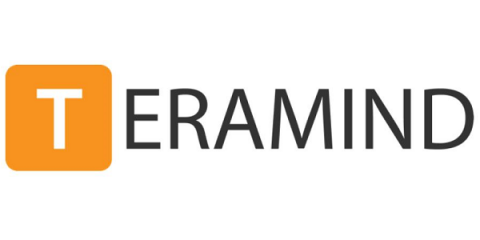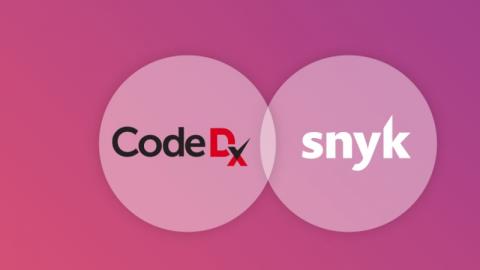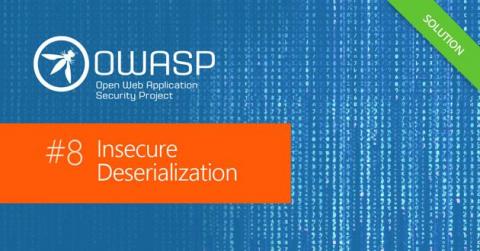Assessing the state of mobile application security through the lens of COVID-19
Are today’s mobile apps secure or do they offer opportunities for attackers? Learn about the state of mobile application security in our new report. Synopsys recently released a report, “Peril in a Pandemic: The State of Mobile Application Security,” produced by its Cybersecurity Research Center (CyRC), examining the state of mobile application security during the COVID-19 pandemic.










